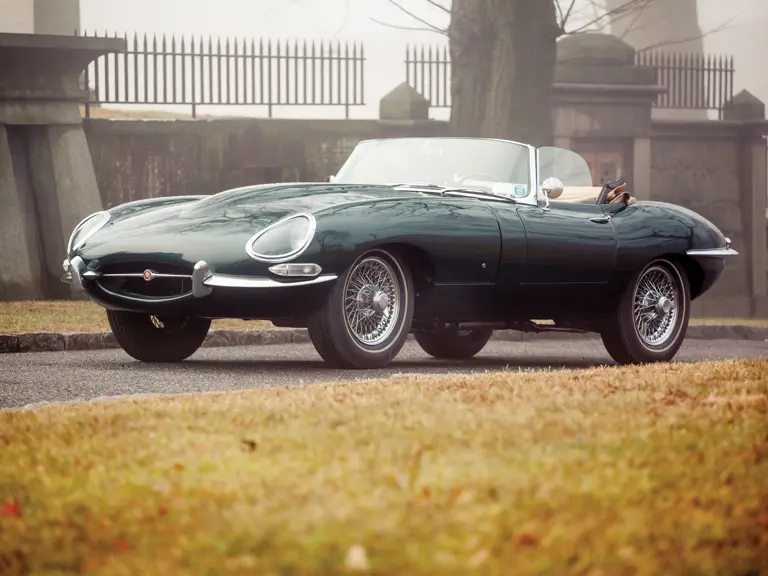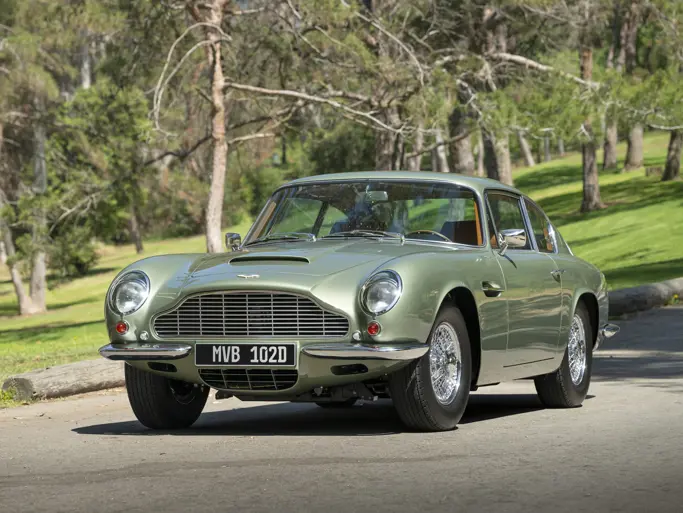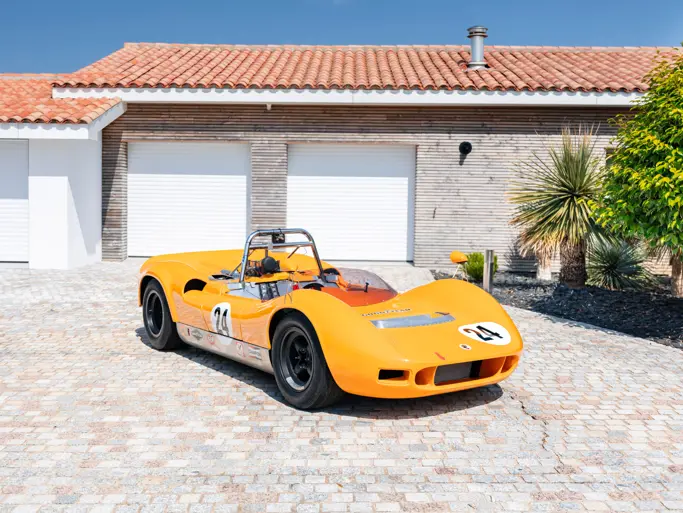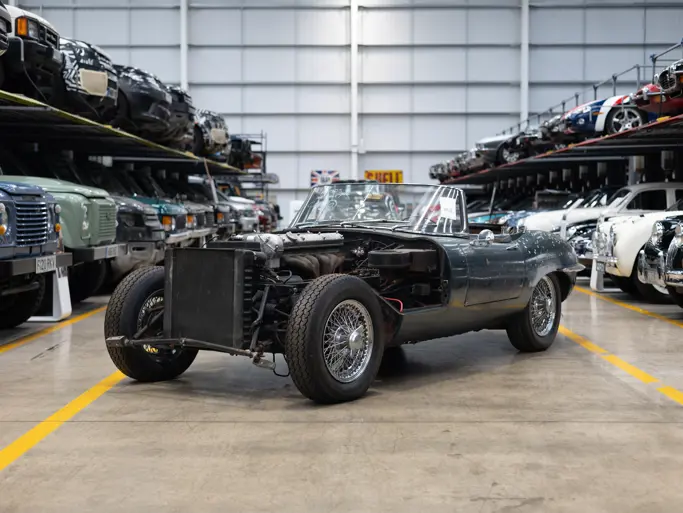“The body’s subtle, swelling curves and depressions reflect carefully calculated geometries based on the ellipse. The most prominent feature—the long, projecting hood—is modeled with a distinctive ‘power bulge’ that runs down the hood’s center to accommodate the powerful engine. Louvered air-intake panels penetrate the otherwise smooth surface. The hood curves down to a grille-less nose that sucks in air to cool the engine. The gently swelling fenders terminate in glass cowl headlights that are seamlessly encapsulated into the body. The view of the car’s contours is as compelling to the driver as to the passerby.”
These are the words that the Museum of Modern Art in New York City uses to describe one of its larger acquisitions. The sculpture is described as having a “steel body; it is a Jaguar E-Type Roadster that has been credited to Sir William Lyons, Malcolm Sayer, and William M. Heynes. The E-Type is, quite simply, one of the most famous and instantly recognizable mechanical shapes ever created.
This beautiful example is offered in the classic colors of British Racing Green with tan leather interior and soft-top. This is an early Series I that displays external bonnet latches. The detailed engine is a 3.8-liter, 265-hp DOHC inline six-cylinder with three side-draft carburetors and is mated to a four-speed manual transmission. Among the additional features on this desirable model are four-wheel disc brakes, knock-off hubs for the chrome wire wheels, covered recessed headlights, radio, wood steering wheel, dual mirrors and tasteful whitewall tires.
The design of the car was birthed from the D-Type, a full-out racing car with sensuously curved aerodynamic styling that had achieved tremendous success in international competition. As it required a new, competitive production model, Jaguar’s management set about developing the design into a car that was suitable for road use. The famous, feline curves were developed by Sayer, a trained aerodynamicist, using wind tunnel testing and aircraft principles. They were constructed around a lightweight monocoque that had a tubular sub-frame to carry the engine, front suspension and steering, and an independent rear axle.
The E-Type debuted in Geneva in 1961, and it became a smashing success, because it offered so much for relatively little. It was no more expensive than most other sports cars, but it was more beautiful than the priciest offerings from other manufacturers, and it had 150-mph performance with outstanding road manners. While the design would evolve over its 13 years of production, it never ceased being as beautiful as when it was first created.



 | Fort Lauderdale, Florida
| Fort Lauderdale, Florida


